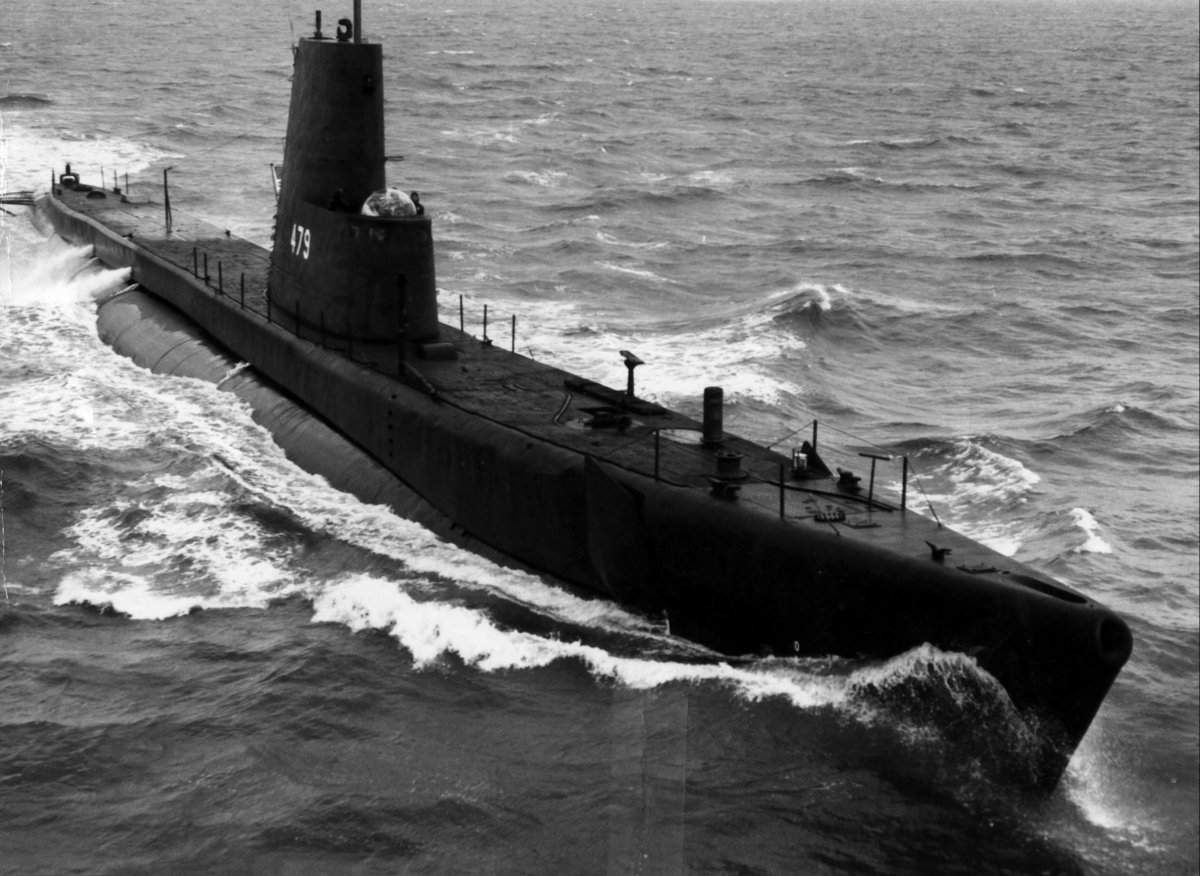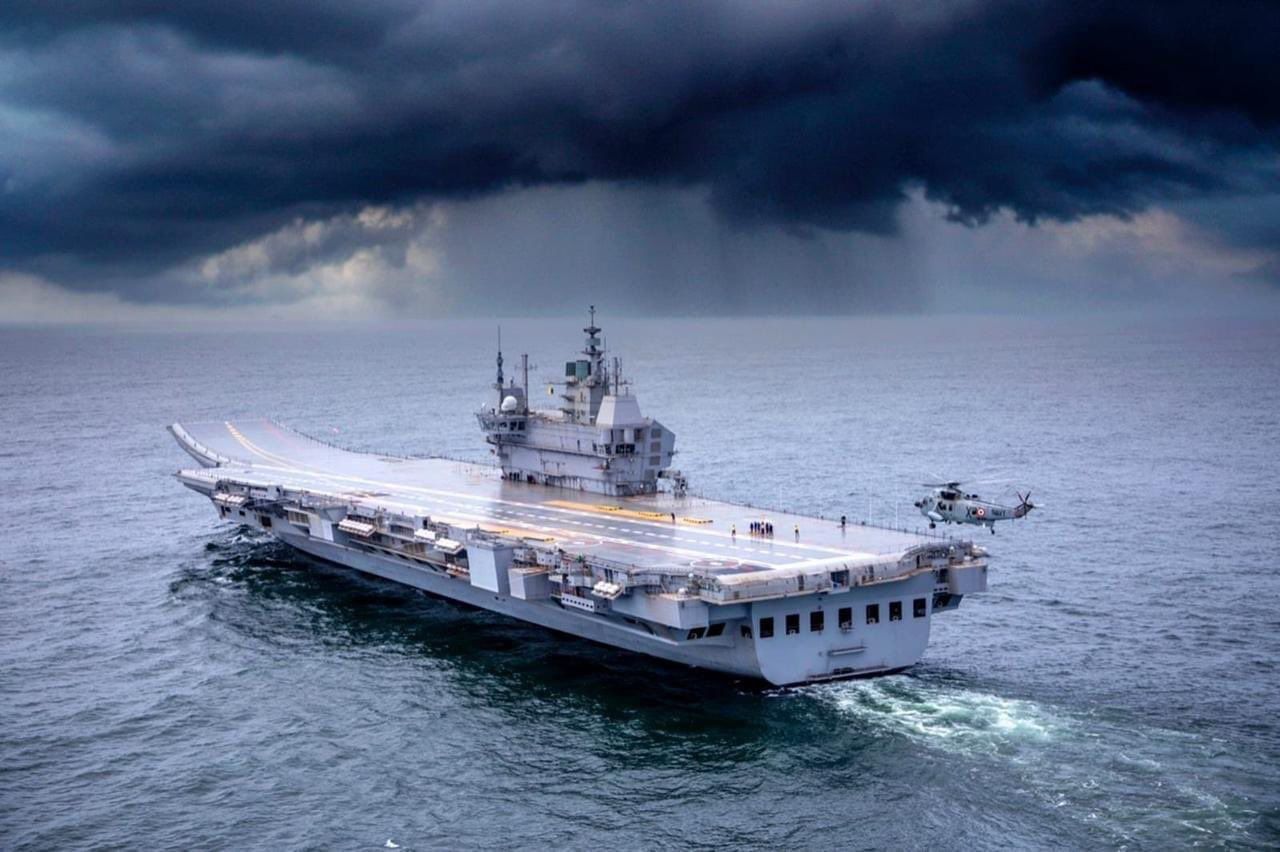Forty-three years ago, PNS Ghazi entered the Bay of Bengal to find and hit the Indian Navy’s pride aircraft carrier, INS Vikrant. In 2024, as ‘reincarnated’ INS Vikrant is participating in international naval exercise Milan, the Indian Navy has reportedly located the remains of sunken PNS Ghazi off the Visakhapatnam coast.
The wreckage of PNS Ghazi that went down with 93 souls on board was detected by the Indian Navy’s Deep Submergence Rescue Vehicle (DSRV).
The Indian Navy is one of the six countries that has developed the capability to deploy a DSRV. India has taken these vehicles on lease in 2018 and 2019. The Indian Navy demonstrated its DSRV technology during the ongoing Milan exercise.
India has two DSRVs—one for the east coast and another for the western seaboard, respectively stationed at Visakhapatnam and Mumbai. These vehicles can conduct rescue operations in submarines up to about 1,000 meters of depth.
A serving Indian Navy official confirmed the discovery to the EurAsian Times. The wreckage of the sunken Pakistani submarine has been found a few miles off the coast of Visakhapatnam. It has been thoroughly scanned. However, it has been left untouched, keeping in line with the Indian Navy’s tradition of respecting fallen naval personnel.
Also, one of the reasons why the news related to Ghazi has been kept under wraps is because the reasons for its sinking are shrouded in mystery, and India has yet to declassify its 1971 war history.
The Pakistan Navy had ordered the submarines to slip out of harbor undetected on various dates between November 14 and 22, 1971, as the war between India and Pakistan was looming large in the Indian subcontinent.
They were allocated patrol areas covering the west coast of India, while PNS Ghazi was dispatched to the Bay of Bengal with the primary goal of locating the Indian aircraft carrier, INS Vikrant, which was reported to be operating in the area.
INS Vikrant was carrying out a naval blockade on the eastern front, isolating East Pakistan (now Bangladesh) from West Pakistan.
In the book “Story of the Pakistan Navy, 1947-1972” compiled by the Pakistan Navy History section read: “Despatch of GHAZI to India’s eastern seaboard, not part of the original plans, was one such step taken on the insistence of our Military High Command to reinforce Eastern Command.”
The dispatch of PNS Ghazi to the Bay of Bengal was considered a strategic decision as it was the only vessel with the range and capability to carry out missions in the waters under the enemy’s control. The plan, replete with daring and surprise, would have shifted the situation in Pakistan’s favor had it succeeded in taking out INS Vikrant.
The PNS Ghazi, under the command of Commander Zafar Mohammad Khan, had sailed out of Karachi harbor on November 14, 1971, and was expected to report back on November 26. However, the report never came, and a sense of dread was set in Pakistan’s naval headquarters as efforts to establish contact with the submarine proved to be futile.
The fate of the Ghazi became known after Pakistan intercepted a missive from the National Headquarters on December 9 about the sinking of PNS Ghazi on December 3. The message said that the submarine sank off Vishakhapatnam on 3/4 December.

The Indian Navy laid down an elaborate ruse de guerre to bait PNS Ghazi. It sailed the INS Vikrant away to safety somewhere near Andaman and Nicobar Islands. INS Rajput, an aging WWII destroyer sent to Vishakapatnam for decommissioning, was to pretend to be INS Vikrant. INS Rajput sailed out of the Visakhapatnam port and generated heavy wireless traffic.
The Indian Navy knowingly breached security protocol by making an unclassified signal in the form of a private Telegram allegedly from one of Vikrant’s sailors asking about the welfare of his mother who was “seriously ill”.
PNS Ghazi took the bait and started looking for Vikrant, but it was ten days too late.
While the Indian Navy claims that its torpedoes caused the sinking of the submarine, Pakistan claims that the detonation of mines onboard PNS Ghazi caused the sinking.
PNS Ghazi was a Tench-class diesel-electric submarine given on lease by the US Navy to Pakistan in 1963. It was the first attack submarine of the Pakistan Navy.

Rescuing By DSRVs
The Indian Navy inducted the DSRVs after 18 naval personnel died in the sinking of INS Sindhurakshak in 2013. The world’s fourth-largest navy was dependent on the US Navy for assistance in case of an emergency.
Submarine rescue is required when a submarine is reported to be missing or sunk, and specialized equipment is required for an underwater search to locate the disabled submarine and rescue personnel trapped inside the submarine.
Indian Navy’s DSRV system can locate a submarine up to 1,000-meter depth utilizing its state-of-the-art Side Scan Sonar (SSS) and Remotely Operated Vehicle (ROV).
After the submarine is successfully located, another sub-module of DSRV- the Submarine Rescue Vehicle (SRV) – mates with the submarine to rescue the trapped personnel. The SRV can also be used to provide emergency supplies to the submarine.
Trapped personnel in submarines have three ways to come out—using the escape hatch, escaping from the torpedo tubes, or being rescued by DSRVs. DSRVs are either ship-mounted or air-transportable. India has both capabilities.
Being one of the few navies in the world with a DSRV, the Indian Navy also dispatched its DSRV to assist in search and rescue efforts for the Indonesian Submarine KRI Nanggala, which was reported missing on April 21, 2021. The submarine was reportedly exercising 25 miles North of Bali with a crew of 53 personnel.
- Ritu Sharma has been a journalist for over a decade, writing on defense, foreign affairs, and nuclear technology.
- She can be reached at ritu.sharma (at) mail.com
- Follow EurAsian Times on Google News




